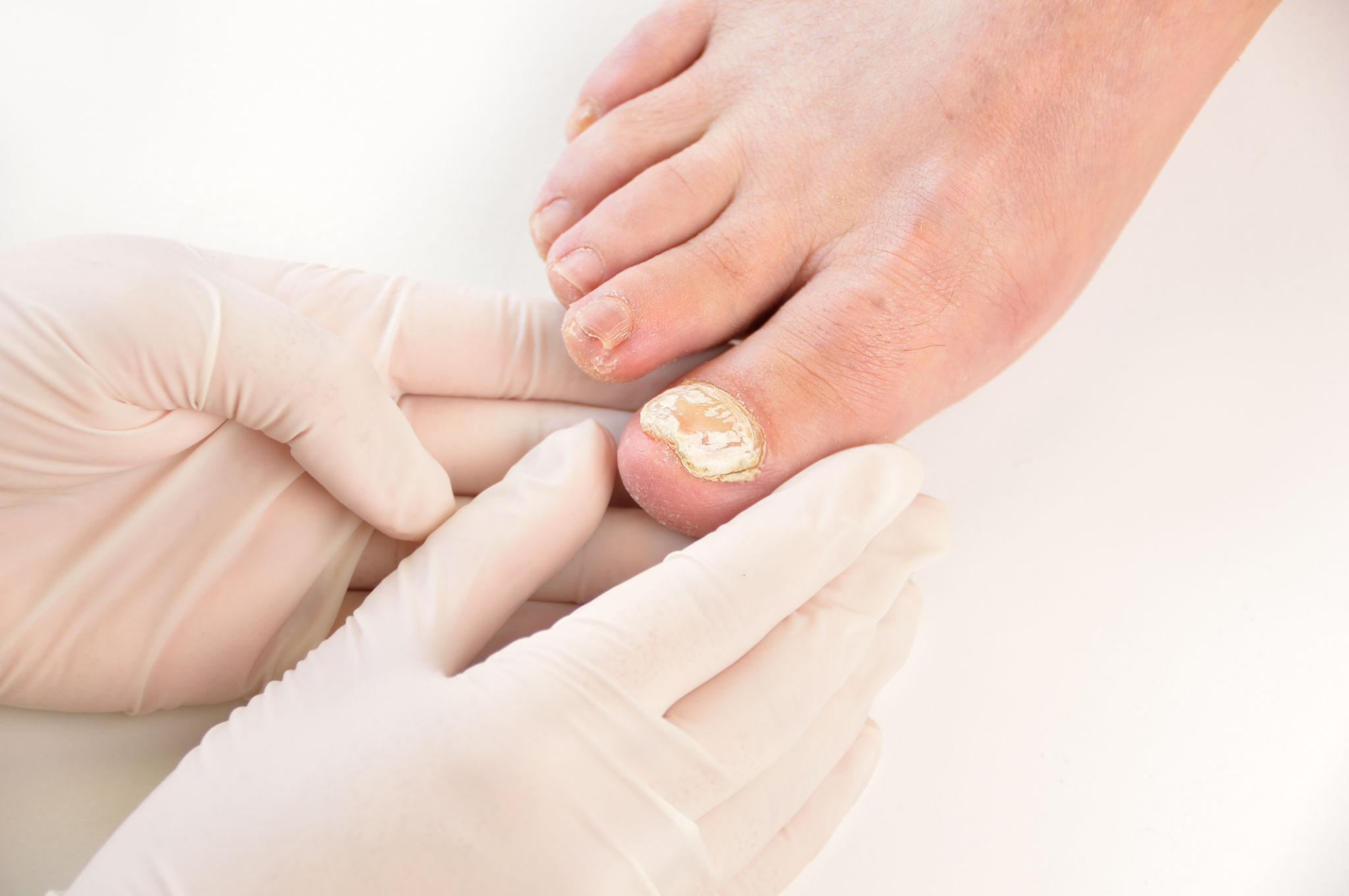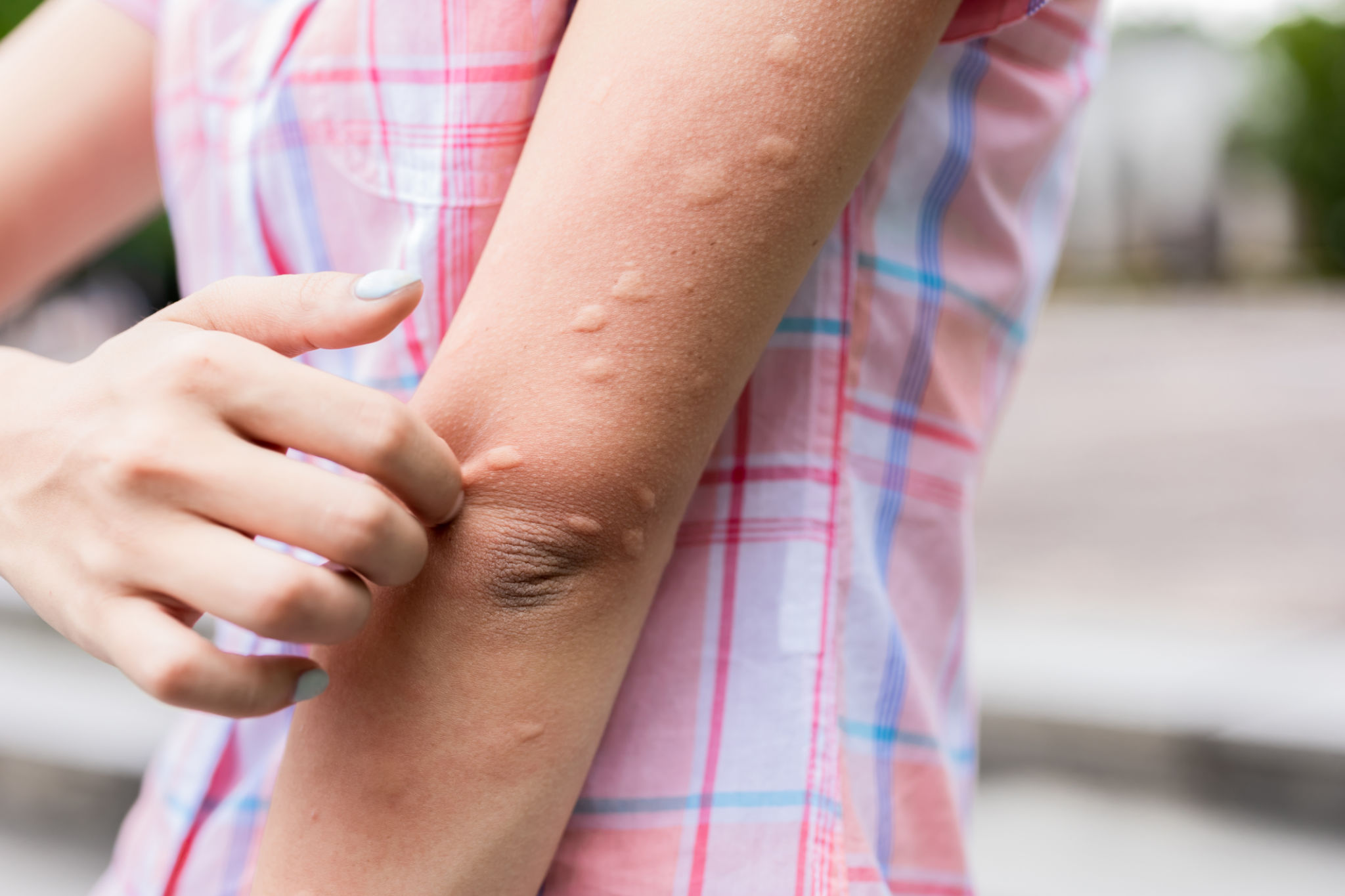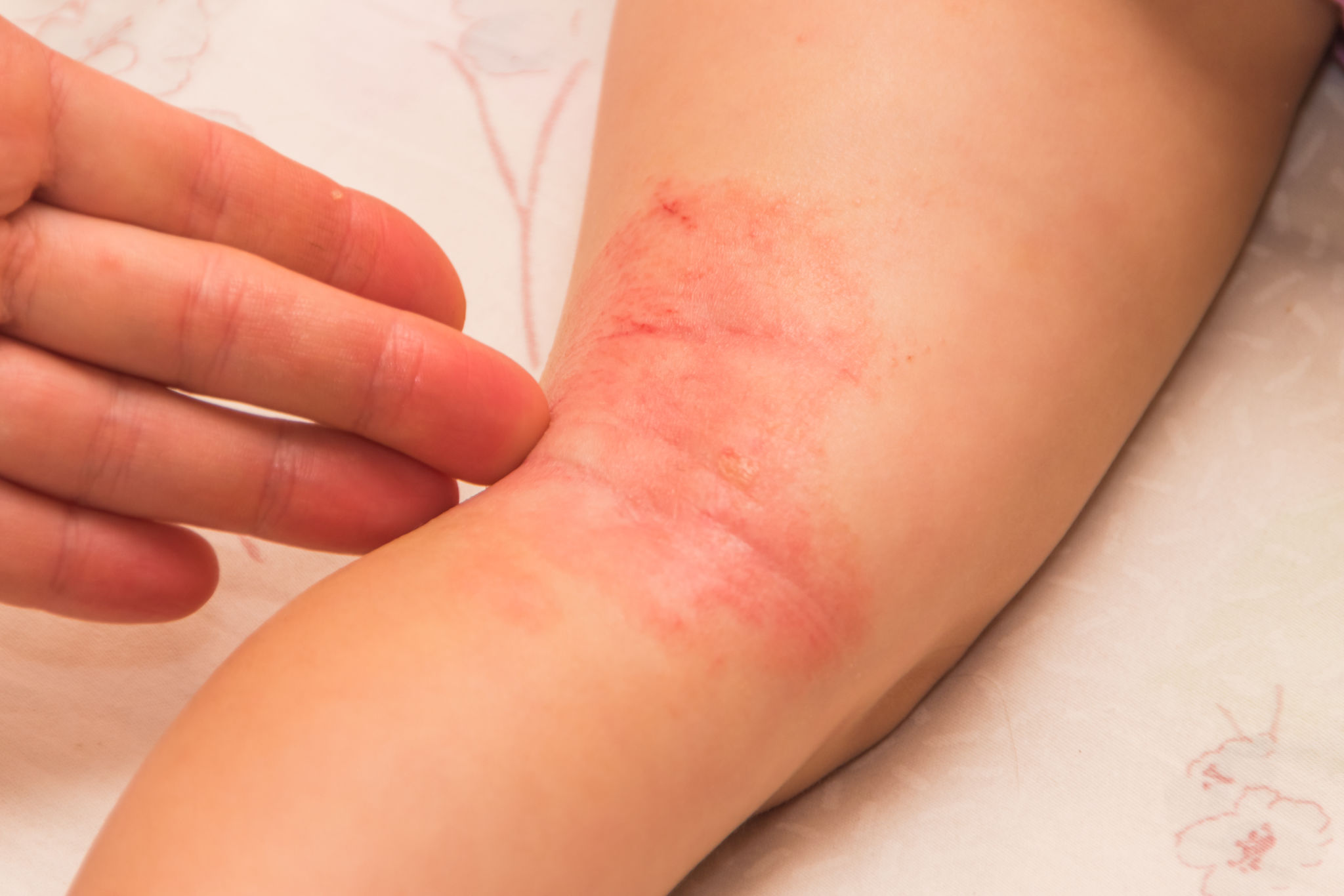What is Fungal Infection
Fungal skin infection is a skin infection caused by fungus. Excessive growth of harmless fungus and other types of fungus causes fungal skin infections.
Fungus in skin affects your skin because it lives in the keratin, a protein that composes your hair, skin and nails .The name of the infection is derived in the body part where it confides.
Fungus is generally present and lives on all of us. Fungus is harmless most of time,but sometimes fungus cause a problem called a fungal infection.Fungus rarely spreads below the skin in normal healthy indivisual

Common types of fungal infections and their symptoms are:-

Finger nail fungus
- There is a yellowish or brownish discoloration that starts at the base of fingernail and spreads underneath of the skin.
- There could be white or black patches on the affected area
- The nail become thick and brittle .Also, trimming of nails become difficult.
- The nail may change its shape and start bending towards the middle of the nail bed.
Symptoms vary depending on body location, but include the following:
Ringworm
- Ringworms forms a red, elevated ,rapidly growing, ring like sore on the skin.
- The centre of the skin may be clear.
- The scar itself contain scales, crust or fluid filled areas. The sore may have itching or pain.
- Lesions commonly are found on the trunk, legs, arms, neck and face.
Athlete’s foot-
- Itching, stinging and burning between the toes and on the soles of the feet.
- Itchy blisters
- Excessive dryness of the skin on the bottoms or sides of the feet.
- Cracking and peeling skin, especially between the toes and on the soles of the feet
- Excessive dryness of the skin on the bottoms or sides of the feet
- Toenails that are thick, crumbly, ragged, discolored or pulling away from the nail bed.
Jock itch
- Itching and redness in the genitals, inner thighs and buttocks.
- Possible itching in anal area
- Burning sensation in affected area
Treatment & Prevention
General Measures
- Correct predisposing factors where possible.
- Keep the affected skin clean and dry. Wash daily. Take care to dry between the toes and in the skin folds; use a hair dryer if necessary. Use your own towel.
- Carefully clean the shower or bath using bleach.
- Hot wash socks, towels, bathmats at a temperature of at least 60C.
- Regularly wash floors where you walk bare foot.
- Antiseptics application.
To reduce reinfection
Fungal spores can survive long periods. To reduce the chance of reinfection:
- Do not share towels, sheets or personal clothing.
- Avoid walking bare foot where others may tread – wear jandals, sandals or aquasocks at the public pools and sports changing rooms.
- Avoid long periods wearing the same clothing, or wearing occlusive clothing such as wet weather gear and nylon pantyhose.
- Wear open-toed sandals when possible. Avoid long periods in occlusive footwear such as gum boots or tramping boots.
- Use antifungal powder
- In the case of zoophilic fungal infections, infected animals should be identified and treated.

Topical antifungal medications
Follow the prescription.
Oral antifungal medications
Follow the prescription.
